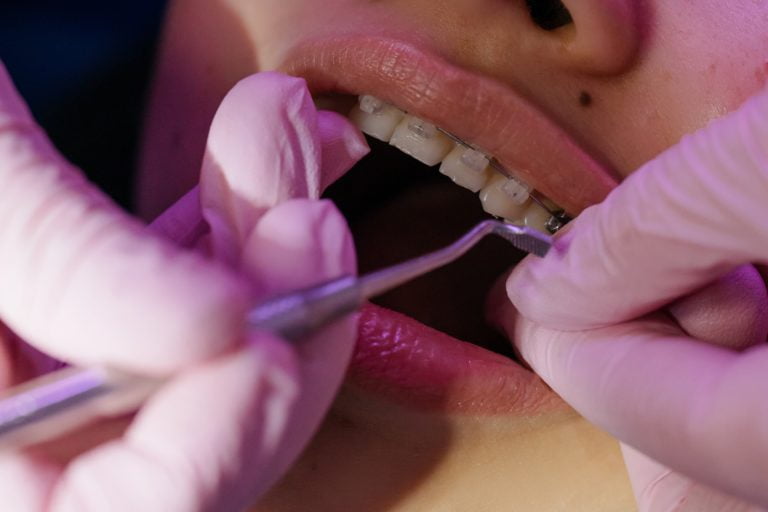WHAT ARE SOME COMMON RESTORATION PROCEDURES?
Some common dental restoration procedures are Filling, root canal therapy, crown, dental
implant, and bridges.
•Dental filling helps in repairing small tooth damage and confines the cavity and prevents further tooth damage. In dental filling, the infected tooth part is removed and replaced with it tooth-colored filling material.
•Crowns are used to restore the tooth with a large cavity, they will cover the whole tooth and restore its function.
•Root canal therapy is used when a large cavity involves the pulp (deep part of a tooth).in RCT Dentist remove the deep nerves and blood supply from the root part tooth cleans or removes all the infected tissue, and filled it with obturating dental material (gutta percha). In last seal the root canal with filling material and restore the crown of the tooth with a crown.
•Bridges are used to restore multiple missing teeth. It fills the gap between the teeth by taking support from the adjacent teeth. bridges help in restoring both the aesthetic and chewing function of teeth and help in maintaining the alignment of the teeth.
•Dental implants are long-lasting solutions to missing teeth and grossly damaged teeth. in an implant, a metal or ceramic post is put in the bone or sometimes in the remnant healthy root then a crown is attached over it with the help of an abutment.
PICKING WHAT IS RIGHT FOR YOU?
Picking the right restorative treatment is depend on the size and location of damaged teeth. A dental filling is commonly recommended for small and superficial tooth restoration. if the carious is large in size but at the superficial part of the tooth then filling with tooth crowning is recommended to support the grossly damage tooth. For a deep cavity that involves the pulp then RCT is required before the tooth crowning to restore the tooth. Bridges are recommended in the restoration of more than one tooth. Implants are used to replace the tooth. The selection of restorative treatment depends upon the requirement of a tooth to be restored.
RISK AND COMPLICATIONS OF RESTORATION?
Common restoration associated with restoration is mild sensitivity, especially after the placement of a crown and deep filling (cavities near the pulp) that remain for a few days after the restorative procedure. The tooth deep part is made up of a tiny tubule-like structure that exposes during a restorative procedure, which causes mild discomfort due to hot and cold stimuli. Sensitivity naturally resolves after some days because the tooth developed resistance against sensitivity. Infection and cavity under the restoration due to remnant of some carious tissue in the deep cavity or improper oral hygiene maintenance after the restorative procedure. This condition can lead to RCT or tooth extraction. Another common complication is crown loosening due to improper tooth preparation for crown sitting, Dentist with full command over the restorative procedure can resolve this issue. Other complications are related to the material used for tooth restoration such as metal and tin allergies. Contact the dentist if you feel any discomfort, sensitivity (after 1 week), redness, and swelling after restoration placement.
RESTORATION OR EXTRACTION?
Restoration is better than extraction. In some conditions, extraction is leading to restoration such as moving teeth, the bone that surrounds the tooth is not supportive enough in this condition pulling out the tooth is better than retaining and restoring the tooth. Gross tooth structure damage cannot restore by crowning and putting implants in the damaged tooth root, in this situation extraction is the only option that can be used.
HOW TO TAKE CARE OF RESTORED TOOTH (POST-TREATMENT) WHAT TO EXPECT?
Oral hygiene maintenance becomes essential for restorative teeth as compared to normal teeth. Gentle Brushing, tooth flossing around the restored tooth, and use of mouthwash after every meal. Mild sensitivity and discomfort remain for the initial 48 hrs of restorative treatment, avoid hot and cold drinks, and using the other side of the mouth for chewing can help in reducing pain and sensitivity. Pain, infection swelling, and redness around the restored tooth are not common after 48 hr of restorative treatment, visit your dentist in case of any unusual signs and symptoms. Some dental prostheses such as crowns and bridges could be detached from their place, visit the dental clinic so they could be reattached as early as possible.
